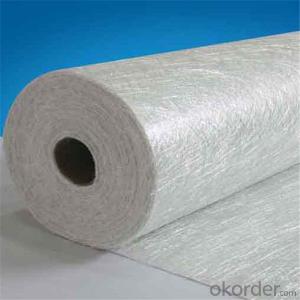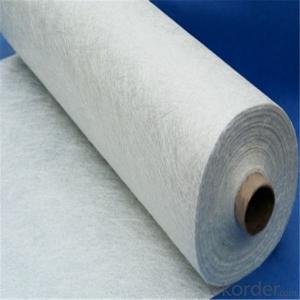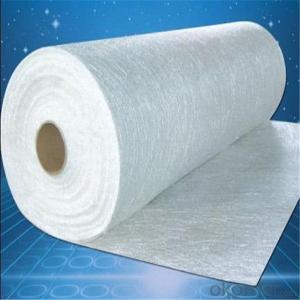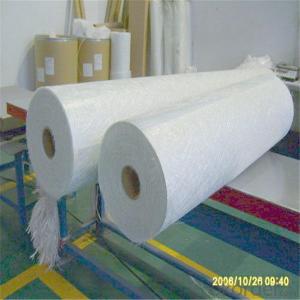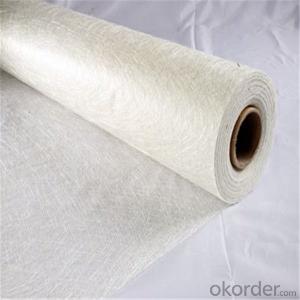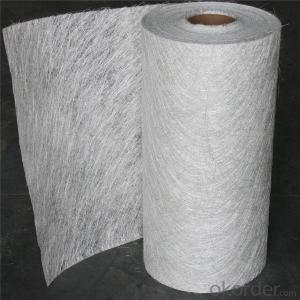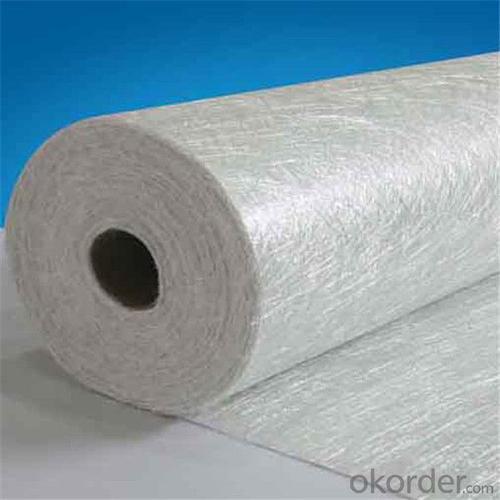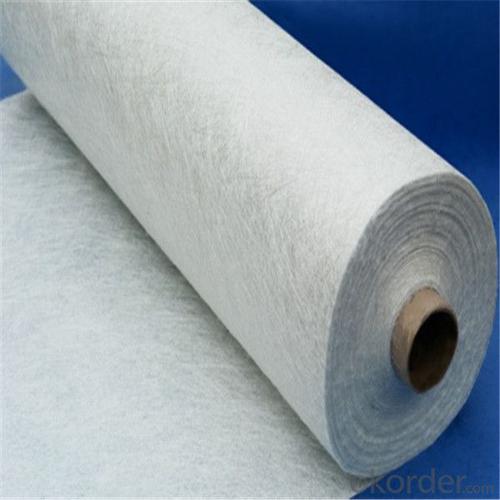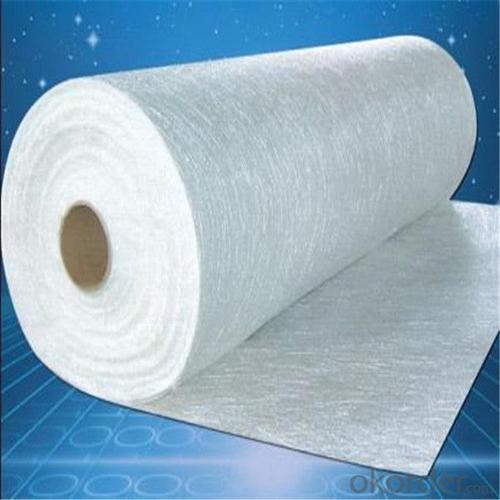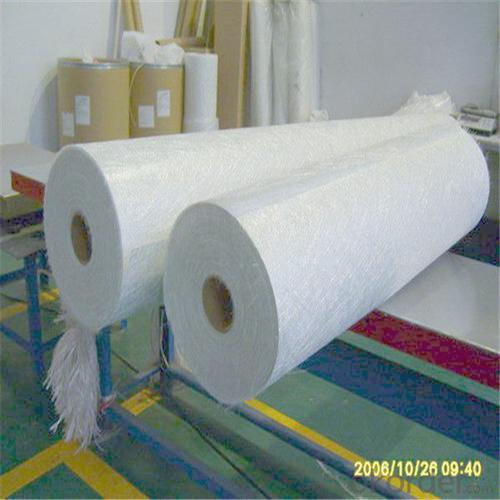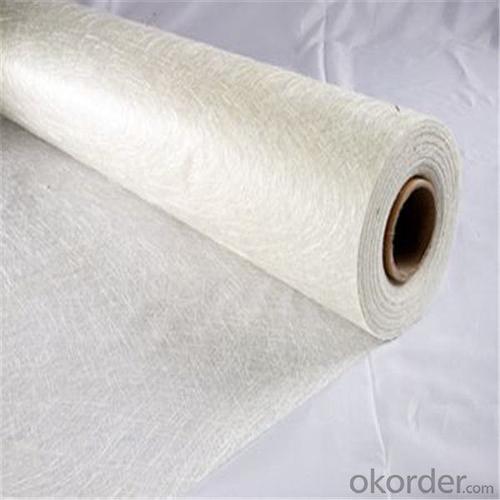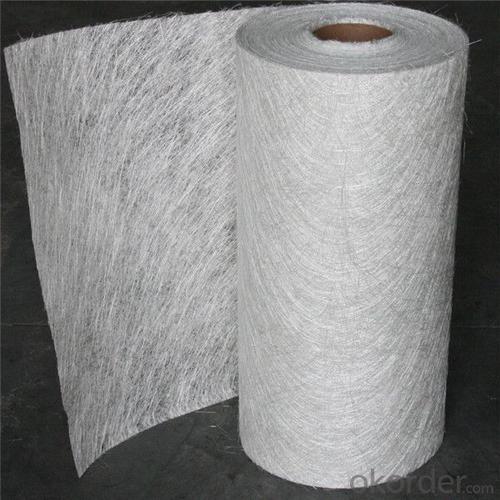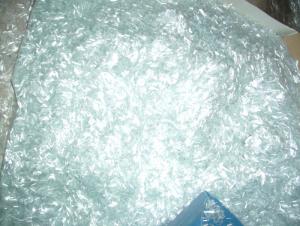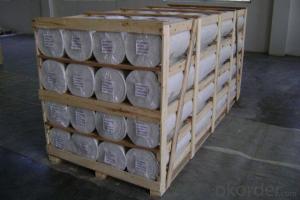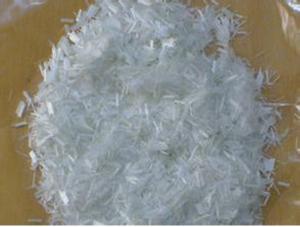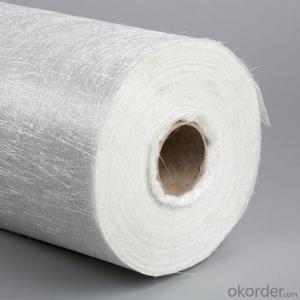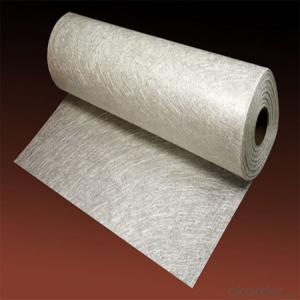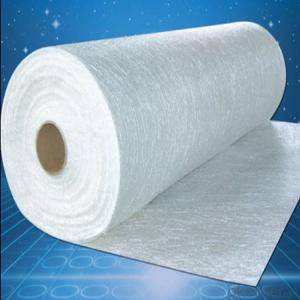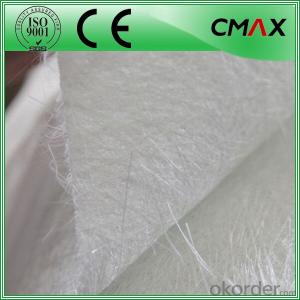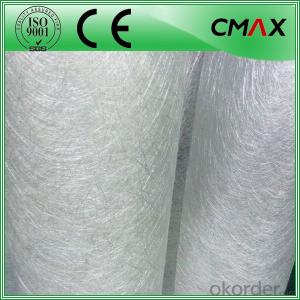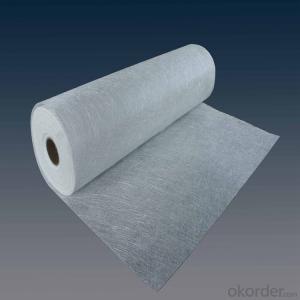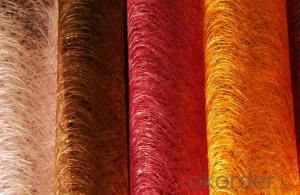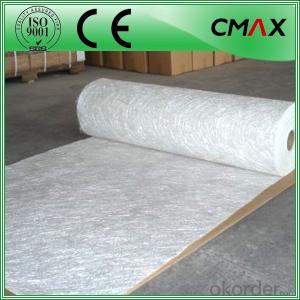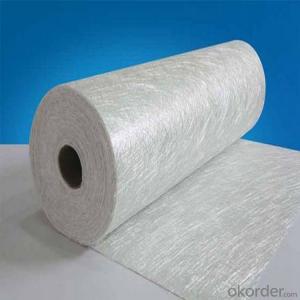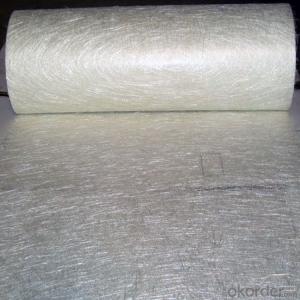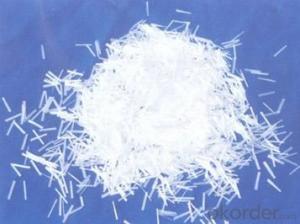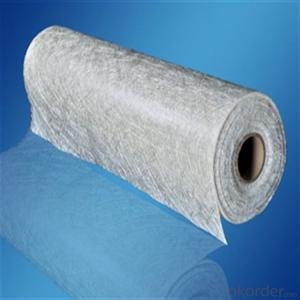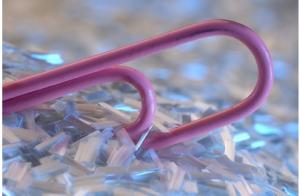Fiberglass Chopped Strand Mat Jushi Flame Retarded Chopped Strand Fiberglass Mat
- Loading Port:
- Tianjin
- Payment Terms:
- TT OR LC
- Min Order Qty:
- 100 m.t.
- Supply Capability:
- 10000 m.t./month
OKorder Service Pledge
OKorder Financial Service
You Might Also Like
Quick Details
| Technique: | Chopped Strand Fiberglass Mat (CSM) | Dimensions: | 80g - 900g | Mat Type: | Continuous Filament Mat |
| Fiberglass Type: | E-Glass | Softness: | soft, very soft | Place of Origin: | Shandong, China (Mainland) |
| Brand Name: | cnbm | Model Number: | CSM | material: | fiberglass |
| Glass type: | E glass / C glass | Bond type: | powder or emulsion | Roll width: | 200 - 2600mm |
| Roll weight: | 28 - 55kgs | Density: | 225g/m2, 300g/m2, 450g/m2 | Certification: | ISO, CE |
Packaging & Delivery
| Packaging Details: | standand export packing . or packed as customer's need |
| Delivery Detail: | 10-20days after the contract is effective |
Specifications
Fiberglass Chopped Strand Mat
1.good combination fo resin
2.easy operation
3.good wet strength retention
Specification:
Fiberglass Chopped Strand Mat is an non-woven E- or C-glass fiberglass fabric manufactured by spreading continuous filament rovings of 50mm in length randomly and uniformly in combination with polyester binder in power form (or other binder in emulsion form). Powder or Emulsion fiberglass fiber chopped glass mat
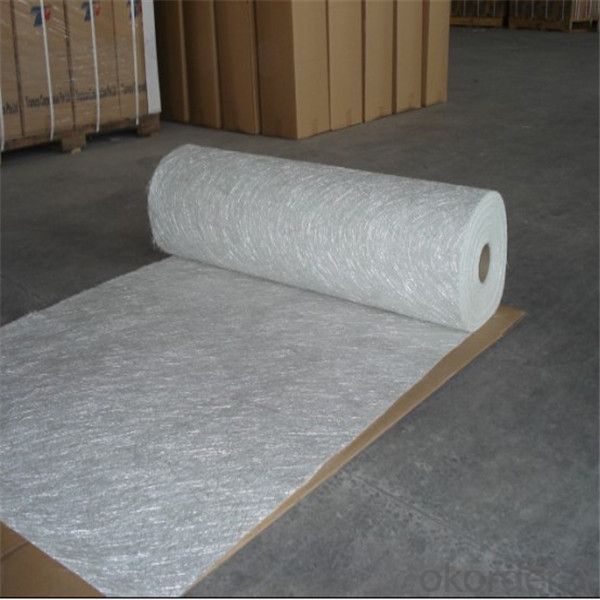
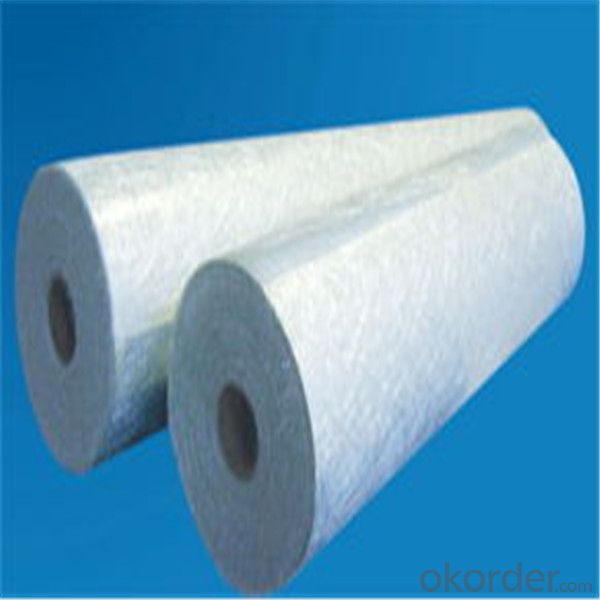

- Q: What are the dimensional stability properties of fiberglass chopped strand?
- The dimensional stability properties of fiberglass chopped strand refer to its ability to retain its shape and size under various conditions. Fiberglass chopped strand is known for its excellent dimensional stability, meaning it is resistant to shrinking, warping, or expanding when subjected to changes in temperature, humidity, or mechanical stress. This makes it a reliable material for applications where maintaining precise dimensions is crucial.
- Q: Can fiberglass chopped strand be used in the production of electrical connectors?
- Yes, it is possible to utilize fiberglass chopped strand for manufacturing electrical connectors. This specific type of reinforcing material is created by chopping fiberglass strands and finds common use across a range of industries, including electrical and electronics, thanks to its admirable electrical insulation capabilities. Electrical connectors function to connect electrical circuits together, and it is crucial for them to possess strong electrical insulation in order to prevent any leakage or short circuits. Fiberglass chopped strand offers outstanding electrical insulation, making it a fitting material for the production of electrical connectors. Moreover, fiberglass chopped strand is renowned for its mechanical strength, chemical resistance, and durability. These attributes render it an ideal choice for applications in which the connectors may be exposed to harsh environments or require high mechanical performance. Furthermore, fiberglass chopped strand can be conveniently molded into varied shapes and sizes, thereby enabling the creation of connectors with intricate designs. This adaptability in design makes fiberglass chopped strand an extremely versatile material for producing electrical connectors. In conclusion, the exceptional electrical insulation properties, mechanical strength, chemical resistance, durability, and design flexibility of fiberglass chopped strand make it a suitable option for incorporating into the production of electrical connectors.
- Q: How does the fiber orientation of fiberglass chopped strand affect the mechanical properties of composites?
- The mechanical properties of composites are greatly influenced by the fiber orientation of fiberglass chopped strand. Fiberglass chopped strand is made up of short individual fibers that are randomly oriented in various directions. When these chopped strands are added to a composite material, the fiber orientation becomes a crucial factor in determining the overall strength, stiffness, and other mechanical properties of the resulting composite. In general, a well-aligned fiber orientation within the composite can result in improved mechanical properties. When the fibers are aligned in the same direction as the applied load or stress, they can effectively transfer the load and resist deformation, thereby increasing the strength and stiffness of the composite. This alignment also enhances the load-bearing capacity of the composite material. Conversely, a random or less aligned fiber orientation can lead to decreased mechanical properties. Randomly oriented fibers may not distribute the applied load effectively, causing stress concentrations and potential failure points within the composite. This can result in reduced strength, stiffness, and overall performance. Additionally, the fiber orientation can also impact other mechanical properties such as impact resistance, fatigue resistance, and dimensional stability. Proper fiber alignment can enhance these properties, making the composite material more resistant to impacts, cyclic loading, and dimensional changes. In conclusion, the fiber orientation of fiberglass chopped strand has a significant impact on the mechanical properties of composites. A well-aligned fiber orientation can enhance strength, stiffness, impact resistance, fatigue resistance, and dimensional stability. Conversely, a random or less aligned fiber orientation can lead to reduced performance in these aspects. Therefore, careful consideration of fiber orientation is crucial in the design and manufacture of composites with desired mechanical properties.
- Q: Can fiberglass chopped strand be used in fire-resistant applications?
- Fire-resistant applications can make use of fiberglass chopped strand. Fiberglass is renowned for its exceptional fire-resistant properties and finds wide application in industries that prioritize fire protection. The chopped strand variety of fiberglass exhibits fire-resistant qualities akin to other fiberglass products. It boasts a high melting point and is not prone to catching fire or aiding the spread of flames. Moreover, fiberglass chopped strand can serve as insulation against heat, rendering it fitting for fire-resistant purposes like fire doors, fireproofing materials, and protective clothing.
- Q: What are the typical fiber lengths used in fiberglass chopped strand?
- Depending on the specific application and requirements, the typical lengths of fibers used in fiberglass chopped strand can vary. However, it is most common for the fibers to range from 3-6 mm (1/8-1/4 inch). These shorter fiber lengths are preferred because they disperse and distribute better within the resin matrix, resulting in improved overall strength and performance of the fiberglass composite. Additionally, shorter fibers help prevent entanglement and clumping during processing. It is worth noting that longer fiber lengths can also be used in specialized applications where increased strength or specific properties are desired. Ultimately, the choice of fiber length in fiberglass chopped strand depends on the specific needs and characteristics of the intended end use.
- Q: Is fiberglass chopped strand resistant to corrosion?
- Negative, fiberglass chopped strand does not possess inherent resistance to corrosion. Fiberglass, being a composite material comprising glass fibers and a resin matrix, does not undergo corrosion as metals do. Nevertheless, the resin matrix employed in fiberglass can be vulnerable to corrosion caused by specific chemicals or environmental circumstances. Consequently, in situations where the prevention of corrosion is a concern, supplementary steps like applying corrosion-resistant coatings or opting for an alternative material might be required.
- Q: What are the typical surface preparation techniques for fiberglass chopped strand composites?
- Typical surface preparation techniques for fiberglass chopped strand composites include sanding or grinding the surface to remove any rough edges or imperfections, and then cleaning the surface thoroughly to remove any dust, dirt, or contaminants. This is followed by applying a primer or bonding agent to enhance adhesion between the composite and any subsequent coatings or adhesives.
- Q: Is fiberglass chopped strand suitable for electrical conductive applications?
- Fiberglass chopped strand is not appropriate for electrical conductive applications. Due to its insulating nature, fiberglass does not conduct electricity. In fact, it is widely utilized in electrical applications due to its remarkable insulation properties. For applications that necessitate electrical conductivity, metals, carbon fibers, or conductive polymers would be more suitable alternatives.
- Q: Is fiberglass chopped strand recyclable?
- Yes, fiberglass chopped strand is recyclable. It can be processed and reused to create new fiberglass products or incorporated into other materials for various applications.
- Q: How does the storage condition of fiberglass chopped strand affect its performance?
- The storage condition of fiberglass chopped strand can significantly impact its performance. If the chopped strand is stored in a humid or damp environment, it can absorb moisture, which can weaken the fiberglass and reduce its overall strength. Additionally, exposure to extreme temperatures can also degrade the performance of the chopped strand. Therefore, proper storage conditions, such as keeping the fiberglass in a dry and controlled environment, are crucial to maintaining its performance and ensuring its effectiveness in various applications.
Send your message to us
Fiberglass Chopped Strand Mat Jushi Flame Retarded Chopped Strand Fiberglass Mat
- Loading Port:
- Tianjin
- Payment Terms:
- TT OR LC
- Min Order Qty:
- 100 m.t.
- Supply Capability:
- 10000 m.t./month
OKorder Service Pledge
OKorder Financial Service
Similar products
Hot products
Hot Searches
Related keywords
